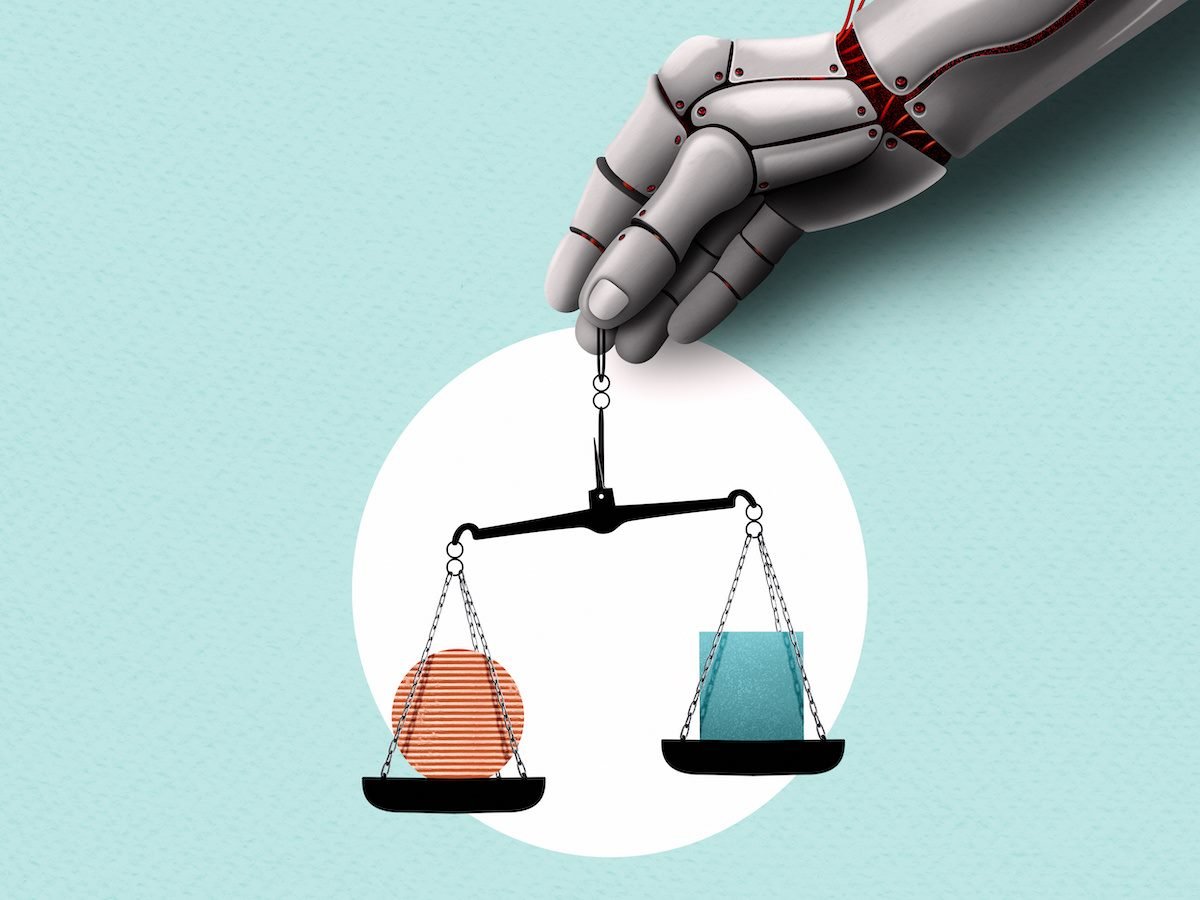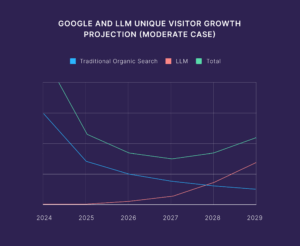“Unmasking the Invisible: Why 2024’s AI Content Revolution May Not Happen—and the Hidden Goldmine Waiting to Be Explored”
In today’s whirlwind of AI discourse, it’s easy for some narratives to spiral into hyperbole, leaving the facts tangled in speculation. Take, for instance, last year’s buzz surrounding the idea that AI training materials were evaporating into thin air—an assertion supported by a preprint titled Consent in Crisis: The Rapid Decline of the AI Data Commons and echoed by stalwarts like The New York Times. At first glance, it sounds alarming, doesn’t it? If data is disappearing, then what’s left for all those eager developers, researchers, and creative minds to work with?
But hold your horses! The truth is far less dire. Data isn’t ghosting us; it’s accumulating at an unprecedented pace—forecasts indicate that by 2025, the human race will generate a staggering 175 zetabytes of new data! That’s right, 175 followed by an astonishing 21 zeros! What has shifted, however, is a wave of demand for creator consent—something that could almost be viewed as a step toward a more ethically aligned digital landscape. As we unpack this narrative, let’s delve deeper into what’s really happening behind the scenes and why the concept of “disappearing data” is more myth than reality. Ready? Let’s dig in! LEARN MOREGiven the onslaught of stories about AI, it should not be surprising that reporting of “trends” will sometimes miss the mark. For example, last year there was a reported trend arguing that training materials used for AI were “disappearing.” This was advanced by a preprint entitled “Consent in Crisis: The Rapid Decline of the AI Data Commons,” and was then picked up by outlets such as The New York Times.













